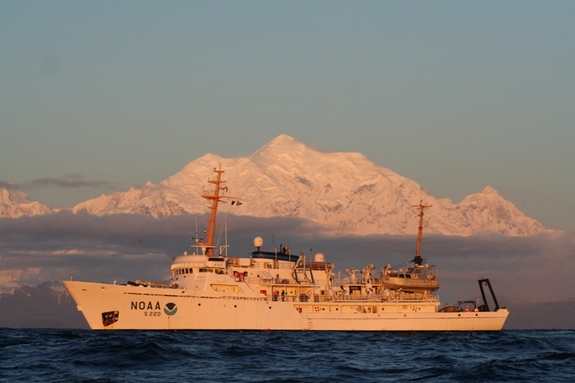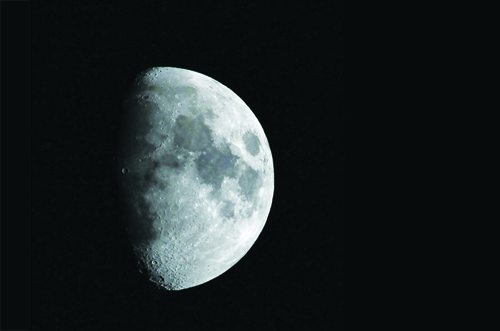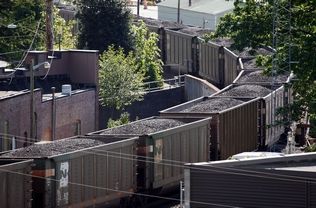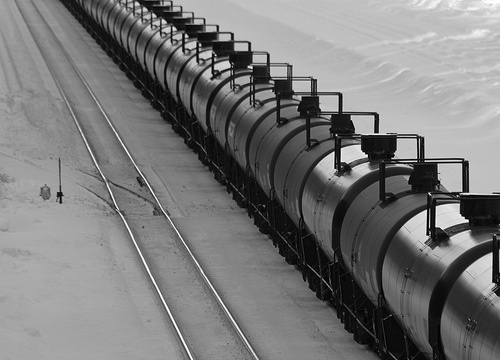
By John M. Glionna, Los Angeles Times
SAN FRANCISCO — Federal wildlife officials have moved one step closer to their plan to play referee in a habitat supremacy contest that has pitted two species of owl against one another in the forests of the Pacific Northwest.
On Tuesday, the U.S. Fish and Wildlife Service released a final environmental review of an experiment planned in three states to see if killing barred owls will assist the northern spotted owls, which are threatened with extinction after a major loss of territory since the 1970s.
The agency’s preferred course of action calls for killing 3,603 barred owls in four study areas in Oregon, Washington and Northern California over the next four years. At a cost of $3 million, the plan requires a special permit under the Migratory Bird Treaty Act, which prohibits killing non-game birds.
“It’s a fair assessment to say that going after the barred owls is the plan we’d prefer to pursue,” Robin Bown, a federal wildlife biologist, told the Los Angeles Times.
The agency began evaluating alternatives in 2009, gathering public comment and consulting ethicists, focus groups and conduction scientific studies.
It will issue a final decision on the plan in 30 days.
Animal activists have blasted the federal plan, saying the government should stay out of the fray and let the more dominant bird prevail, as nature intended.
The northern spotted owl is at the center of an ongoing battle between woodcutters and environmentalists across the Pacific Northwest. Because of its dwindling numbers, the little bird is listed as a threatened species by the federal government and in Washington, Oregon and California, Bown said.
On Tuesday, the timber industry criticized the barred owl harvest.
“Shooting a few isolated areas of barred owl isn’t going to help us as forest managers, nor is it going to help the forest be protected from wildfires, and catastrophic wildfire is one of the big impediments to spotted owl recovery,” Tom Partin, president of the American Forest Resource Council, a timber industry group, told the Associated Press.
Bown disagreed.
“To people who say to me that we should leave those owls alone, my response is that ‘So you’re accepting the extinction of the spotted owl? That’s OK?’”
Bown told The Times there have been several mischaracterizations of the federal plan.
“We’re not sending public hunters into the woods to declare open season on the barred owl. This is a controlled experiment, using folks who are trained and skilled at animal removal. Our goal in this experiment is twofold: Will moving barred owls help the spotted owl population to recover? And can we use removal of barred owls as a management tool?”
Unless barred owls are brought under control, the spotted owl in coming decades might disappear from Washington’s northern Cascade Range and Oregon’s Coast Range, where the barred owl incursion has been greatest, Bown said.
“In our projected study areas, the removal would represent a very small percentage of the barred owls,” she said. “We’re also taking steps to mitigate habitat threats to the spotted owls, such as large-scale fires and timber harvests.”
Barred owls are bigger and more aggressive than the northern spotted variety. Native to the East Coast, they began working their way across the Great Plains in the early 1900s, driven west by human development. By the 1970s, the species had spread to the West Coast, where their numbers have multiplied.
In some areas of their range, northern spotted owls are outnumbered 5-to-1 by barred owls.
“While some people just feel we should leave things alone, we want to take a small step at a resolution with this experiment,” Bown told The Times.
“After all, humans had a hand in getting the barred owl here in the northwest.”










